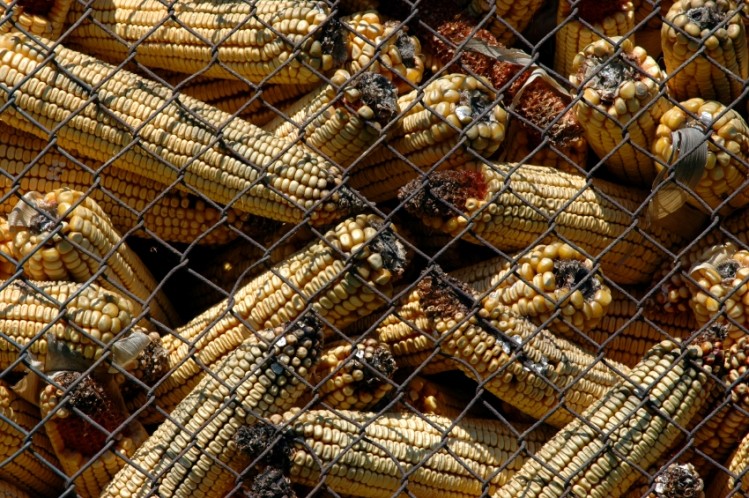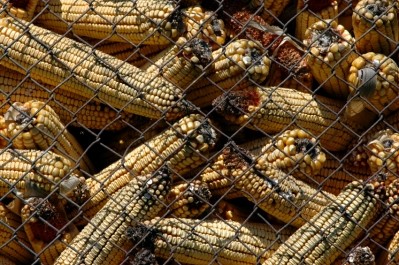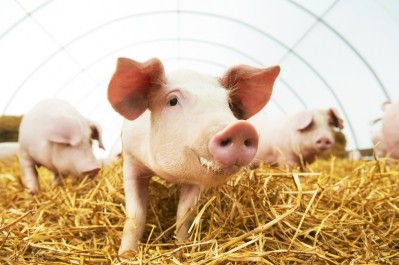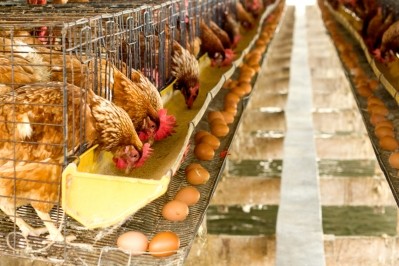Be proactive not reactive on mycotoxin testing, says Alltech following US survey

The company analyzed about 116 samples of corn and corn silage from the 2015 harvest and identified the types of mycotoxins and the amounts present in the feed ingredients, said Max Hawkins, Alltech mycotoxin management team nutritionist.
There are more than 400 types of mycotoxins, said Hawkins. But the Alltech report looks at several specific groups that can produce toxic side effects in cattle.
The team found an average of 5.6 mycotoxins per sample, which is slightly lower than last year’s 6.13 mycotoxins per sample. Digging deeper, 71% of samples tested at high risk to dairy and 59% at high risk to beef cow performance, said Alltech.
“When looking at the impact of mycotoxins on animal health and performance, the more information available is advantageous,” said Hawkins.
It is important to know how the different mycotoxins interact with each other because, even at low levels, the negative synergistic effects can result in lowered dry matter intake in cattle, he told us.
“The analyzation process has not changed since its beginning, but we have added Fusaric Acid to the list of mycotoxins analyzed,” said Hawkins. “This was because of the synergistic action that Fusaric Acid can have with DON [deoxynivalenol], which is one of the most prevalent mycotoxins year in and year out.”
For older beef cattle the risk is slightly lower because they are a little more tolerant, he said. However, younger cattle that have not completely developed their immune systems or rumen may be more sensitive to the presence of mycotoxins.
“Once you begin feeding forage to young calves you run the risk of impacting growth and development,” he said.
Other negative effects caused by mycotoxins include reduced feed efficiency, delay in the reproductive cycle and the cow’s long-term performance, said Hawkins.
“Be proactive not reactive,” he said. “It’s much less expensive to be prepared, than try to correct a situation after it’s happened.”
Mycotoxins found
The most prevalent mycotoxins in the samples were aflatoxins, Type A Trichothecenes, Fusaric acid Type B Trichothecenes and fumonisins, he said. The crop also included levels of Pencillium mycotoxins, which are often considered storage mycotoxins.
Levels of Type A Trichothecenes and Pencilliums were higher than they were last year, said Hawkins.
Common symptoms with the ingestion of these toxins include reduced feed intake, lowered blood pressure, swelling and edema of the legs, liver damage, immune response and lowered milk and meat production, said Alltech.
Also present this year was Pencillium mycotoxins, commonly known as storage toxins.
Found in more than 41% of samples, Pencilliums can have a strong impact on rumen health, altering microbial protein and affecting rumen and gut health, which can result in altered production, said the company.
Treatment and control
Producers should look to test feed samples at harvest and prior to feedout to identify the risk posed to their animals, said Alltech.
Hawkins said if the corn silage or corn grain has higher levels of mycotoxins, the quantity of these ingredients used should be kept to a minimum, as much as possible: “I realize that they may have to be fed, but if the inclusion rate can be reduced this will lower the risk from mycotoxins.”
Along with blending the higher-risk feed, the use of a mitigating or sequestering agent in feed can reduce or prevent some of the negative side effects, he said.
“The thing with corn is how well it is going to store,” said Hawkins. “Monitor the moisture levels – it doesn’t take much moisture to get molds to flourish in stored grain, and once they start they continue.”
Mold growth in stored grain can mean lower nutritional values and the opportunity for more mycotoxins to develop, he said.
Producers also need to check any silage that has gone bad is removed and not included in a total mixed ration.
“If the silage is being hauled in from another location, do not bring more than can be fed in 24-48 hours,” he said. “This will decrease the chance of increased mold growth.”














